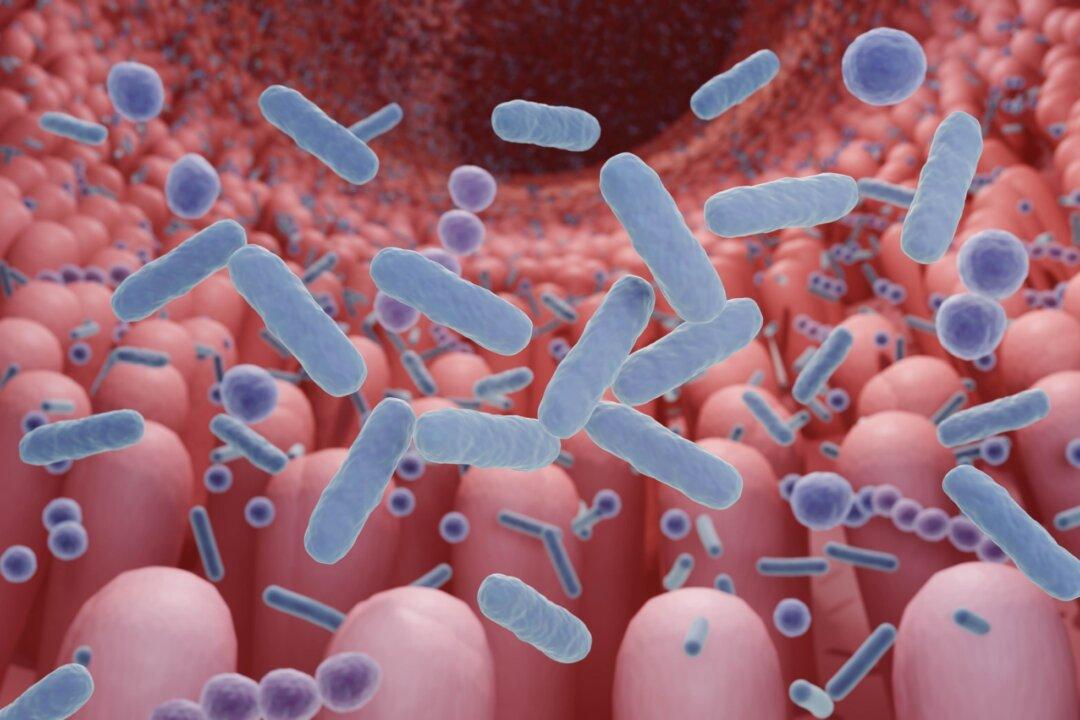“No one was allergic to peanuts when I was a kid!” Many adults over 40 have made this observation and wondered why peanut allergies are so common in their children’s generation. However, a simple practice may protect future generations from developing this often-dangerous allergy.
The rise in peanut allergies may have resulted from an overreaction to what used to be a rare, albeit sometimes serious, condition. Beginning in the late 1990s, pediatricians and allergists in many countries advised pregnant women to avoid eating peanuts in an attempt to prevent peanut allergy in their children.
Guidelines released during the early 2000s advised against babies consuming peanuts, Gideon Lack, professor of pediatric allergy at King’s College London, told The Epoch Times in an email. However, research since the mid-2010s has shown this advice was misguided—and may have had the reverse effect of increasing the prevalence of peanut allergy.
A New Study Adds Evidence
Mr. Lack was a co-lead investigator of the LEAP-Trio study, designed to build on the results of the LEAP trial. Released on May 28 by the journal NEJM Evidence, the LEAP-Trio study provides additional proof that introducing peanuts into a child’s diet early will prevent peanut allergy later in life. The long-term investigation performed by researchers at King’s College London followed the children involved in the initial LEAP study to age 12 or older.Those children who ate peanuts as infants in the original LEAP study were protected from peanut allergy—15.4 percent of subjects in the peanut-avoidance group had peanut allergy at age 12 or older—compared to 4.4 percent of subjects in the peanut-consumption group, the LEAP-Trio study determined.
“The findings have the potential to reduce peanut allergy by more than 80 percent, but it will take time for the guidelines to be properly translated into clinical practice,” Mr. Lack told The Epoch Times.
What Changed Our Thinking About Peanuts?
The possibility that their children might develop a peanut allergy was not always a top concern among parents of infants. “The peanut allergy did not comprise a pronounced medical research agenda prior to the 1980s, nor did it appear in media headlines with much frequency. At that time, an allergy to peanuts was considered a rare malady,” Miranda R. Waggoner wrote in a 2013 article “Parsing the Peanut Panic.”Ms. Waggoner, who has a doctorate in sociology and social policy and is now an associate professor of sociology at Rice University, posited that both medical professionals and laypeople overreacted to a rare allergy by falsely labeling it an “epidemic” and banning peanuts from children’s diets.
“Over four million people in the United States alone are affected by peanut allergies, while there are no reported cases in India, a country where peanuts are the primary ingredient in many baby food products,” she wrote.
By 2011, in the United States, Canada, the UK, Australia, and Sweden, the chance that a child—especially a boy—would develop a peanut allergy was one in 50, Ms. Fraser wrote.
In his foreword to the 2017 edition of Ms. Fraser’s book, Robert F. Kennedy Jr., founder of Children’s Health Defense, noted she solves “the anaphylaxis puzzle” by revealing the connection between vaccinations, anaphylaxis, and allergy. “Medical literature shows how powerful adjuvants (most notably, aluminum), added to vaccines in order to increase the immunological response, also amplify the allergic response,” he wrote.
However, the LEAP studies offer the promise of fewer children having to contend with peanut allergies in the future. Mr. Lack told King’s College London, “Early consumption of peanut will prevent more than 100,000 new cases of peanut allergy every year worldwide.”







